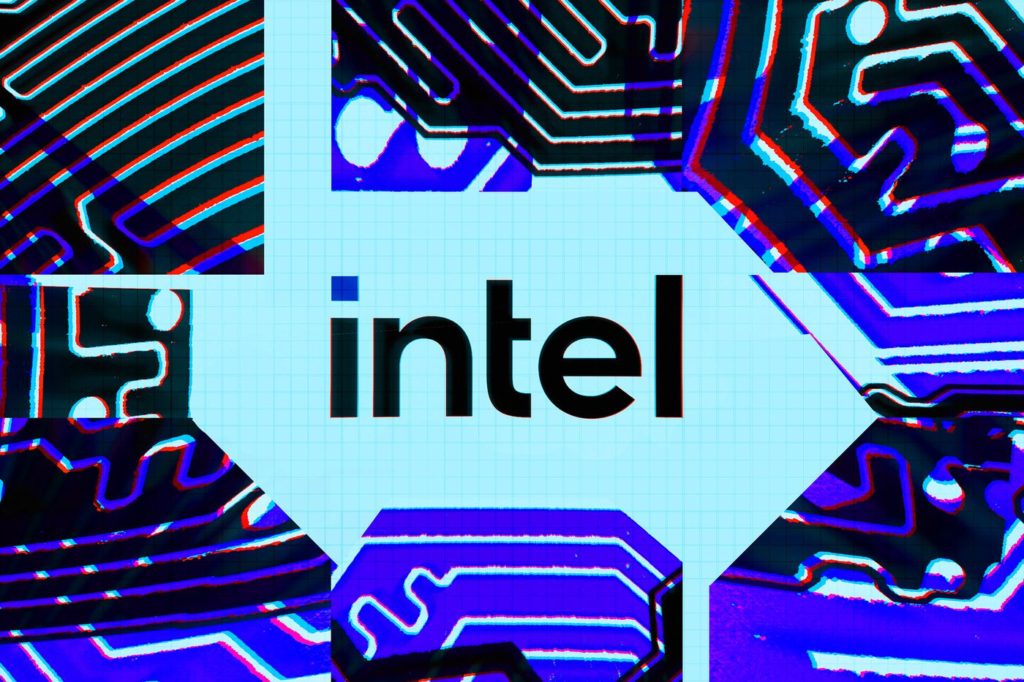This demo brings to light some of the technologies that Intel has been working on to harness the compute that’s all around us in a seamless way.
The term “metaverse” was coined by Neal Stephenson in a science fiction novel almost 30 years ago. In recent years, metaverse has come to represent a utopian convergence of digital experiences fueled by Moore’s Law – an aspiration to enable rich, real-time, globally-interconnected virtual- and augmented-reality environments that will enable billions of people to work, play, collaborate and socialize in entirely new ways. Indeed, the metaverse may be the next major platform in computing after the world wide web and mobile.
There are reasons to believe that we are on the cusp of the next major transition in computing. A transition that will enable persistent and immersive computing at scale: Computer-generated animation in movies today is almost indistinguishable from live-action footage; gaming today provides highly realistic graphical experiences; and VR and AR displays have progressed rapidly in recent years, creating incredibly rich and immersive experiences. The once-in-a-lifetime pandemic has forced many to rely on digital technology as the only way to communicate, collaborate, learn and sustain our lives. The explosion of decentralized digital finance technologies inspires business models that encourage everyone to play a role in creating these metaverses.
Consider what is required to put two individuals in a social setting in an entirely virtual environment: convincing and detailed avatars with realistic clothing, hair and skin tones – all rendered in real time and based on sensor data capturing real world 3D objects, gestures, audio and much more; data transfer at super high bandwidths and extremely low latencies; and a persistent model of the environment, which may contain both real and simulated elements. Now, imagine solving this problem at scale – for hundreds of millions of users simultaneously – and you will quickly realize that our computing, storage and networking infrastructure today is simply not enough to enable this vision.
We need several orders of magnitude more powerful computing capability, accessible at much lower latencies across a multitude of device form factors. To enable these capabilities at scale, the entire plumbing of the internet will need major upgrades. Intel’s building blocks for metaverses can be summarized into three layers and we have been hard at work in several critical areas.
Within the meta intelligence layer, our work focuses on a unified programming model and software development tools and libraries that are open in order to enable developers to deploy complex applications more easily. The meta ops layer describes the infrastructure layer that delivers compute to users beyond what is available to them locally. And finally, the meta compute layer is the raw horsepower necessary to power these metaverse experiences.
Intel® Core
This new plumbing demands much more. Our new Xe architecture aims at accelerating and rendering these rich and immersive experiences to scale from the client to the server end, including the Intel® Arc
Truly persistent and immersive computing, at scale and accessible by billions of humans in real time, will require even more: a 1,000-times increase in computational efficiency from today’s state of the art. Many advances across transistors, packaging, memory and interconnect that will help are in the pipeline. We shared some of these at the recent IEDM conference. Beyond the hardware improvements, we also need new algorithms and software architectures as well to reach our goal.
Today’s internet was able to transform our world because it was built upon open standards. At Intel, we are committed to plumbing the internet of tomorrow by leveraging and augmenting existing industry standards as well as creating new ones.
This technology that enables immersive virtual worlds to augment the real world opens up so much possibility and it is what keeps me excited to work every day. We believe that the dream of providing a petaflop of compute power and a petabyte of data within a millisecond of every human on the planet is within our reach.
Raja Koduri is senior vice president and general manager of the Accelerated Computing Systems and Graphics Group at Intel Corporation.

